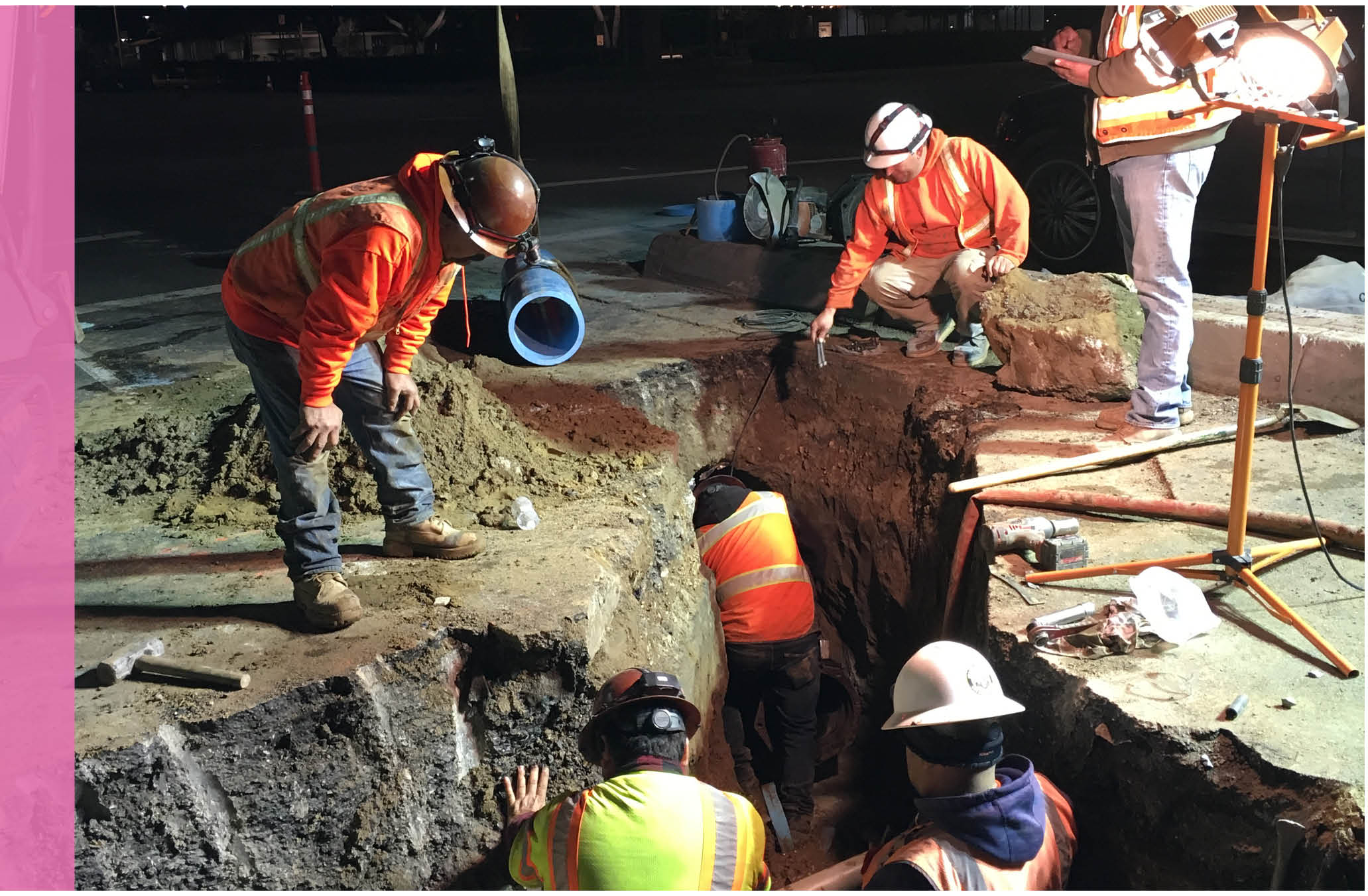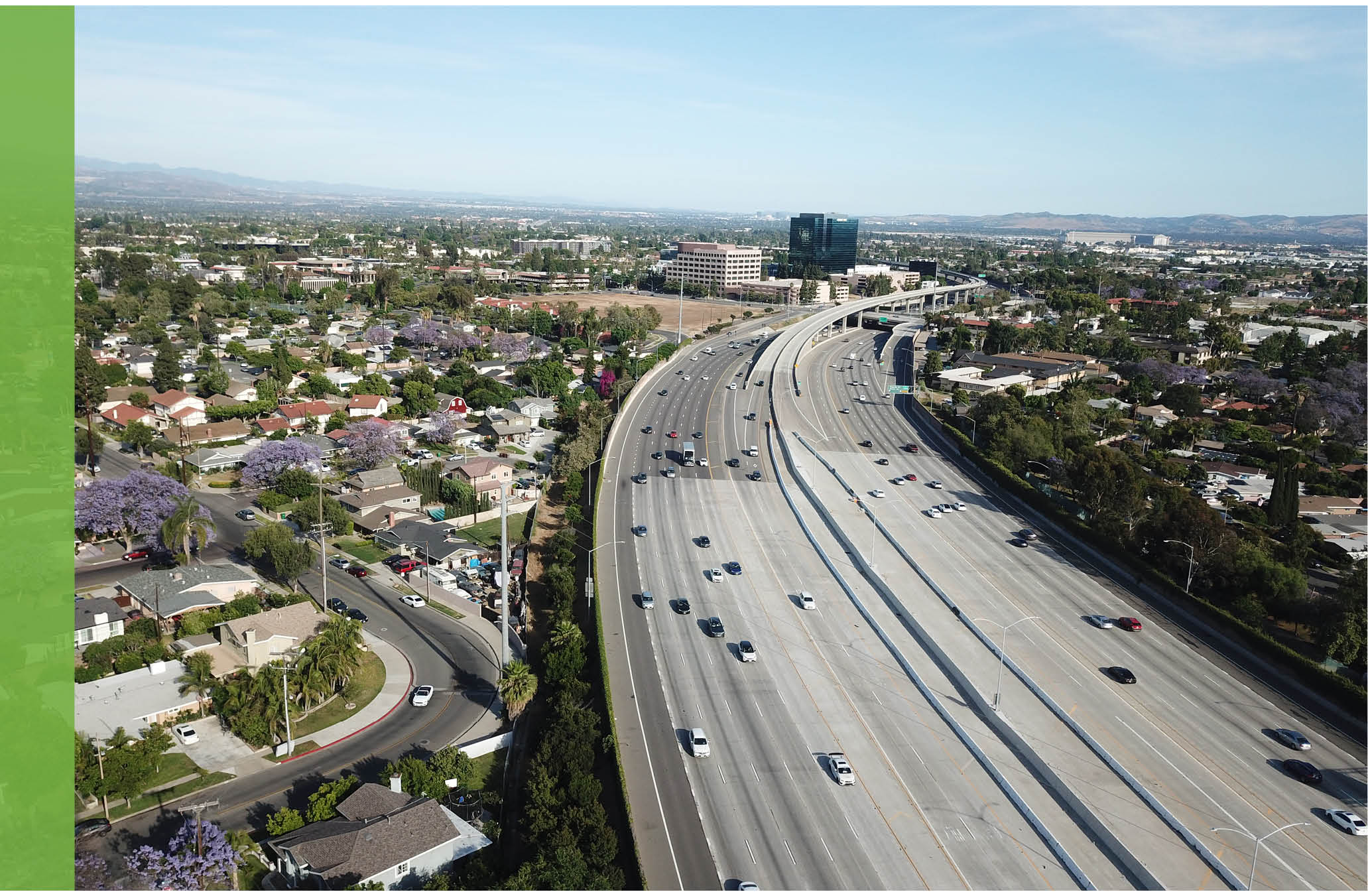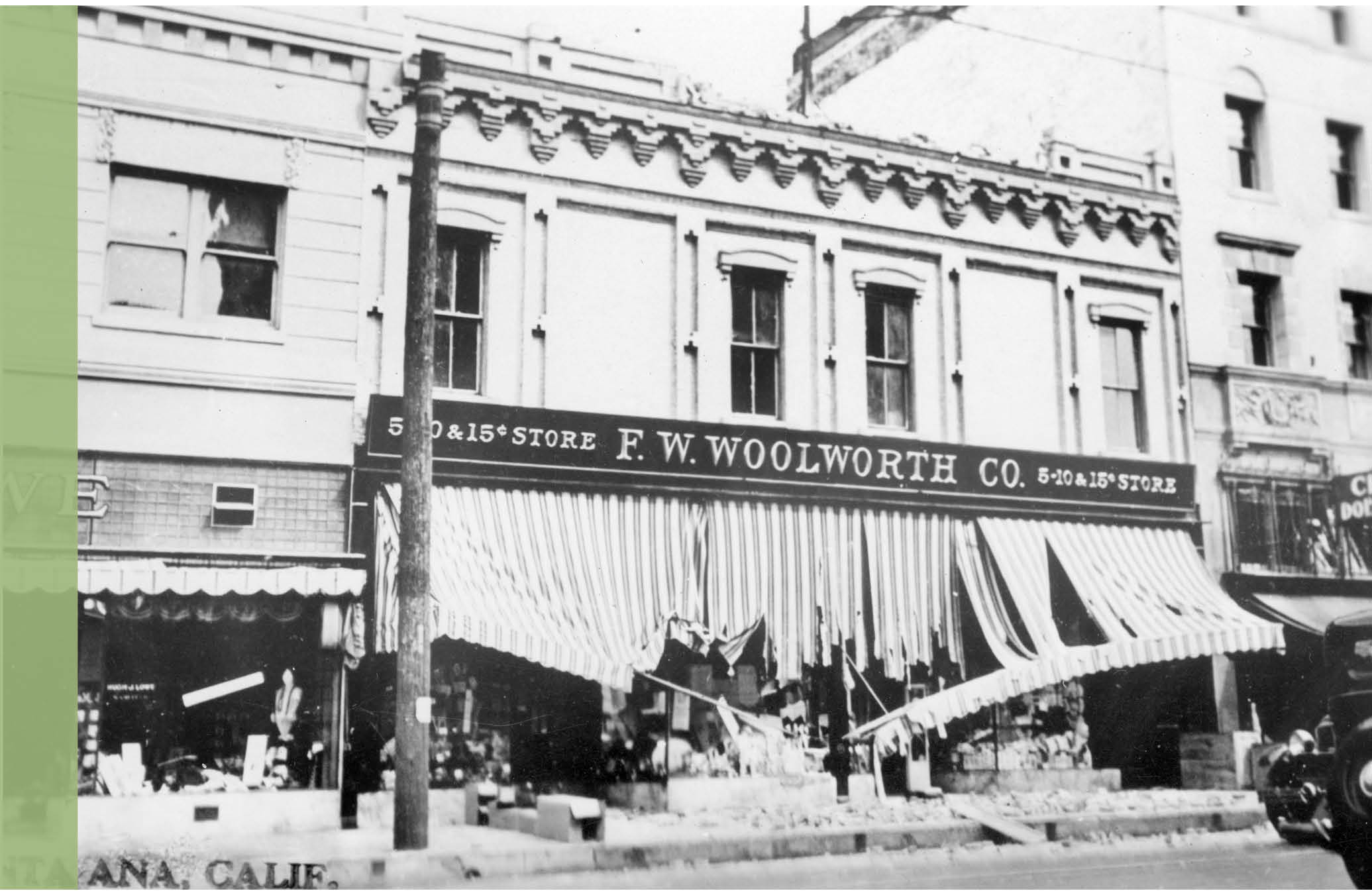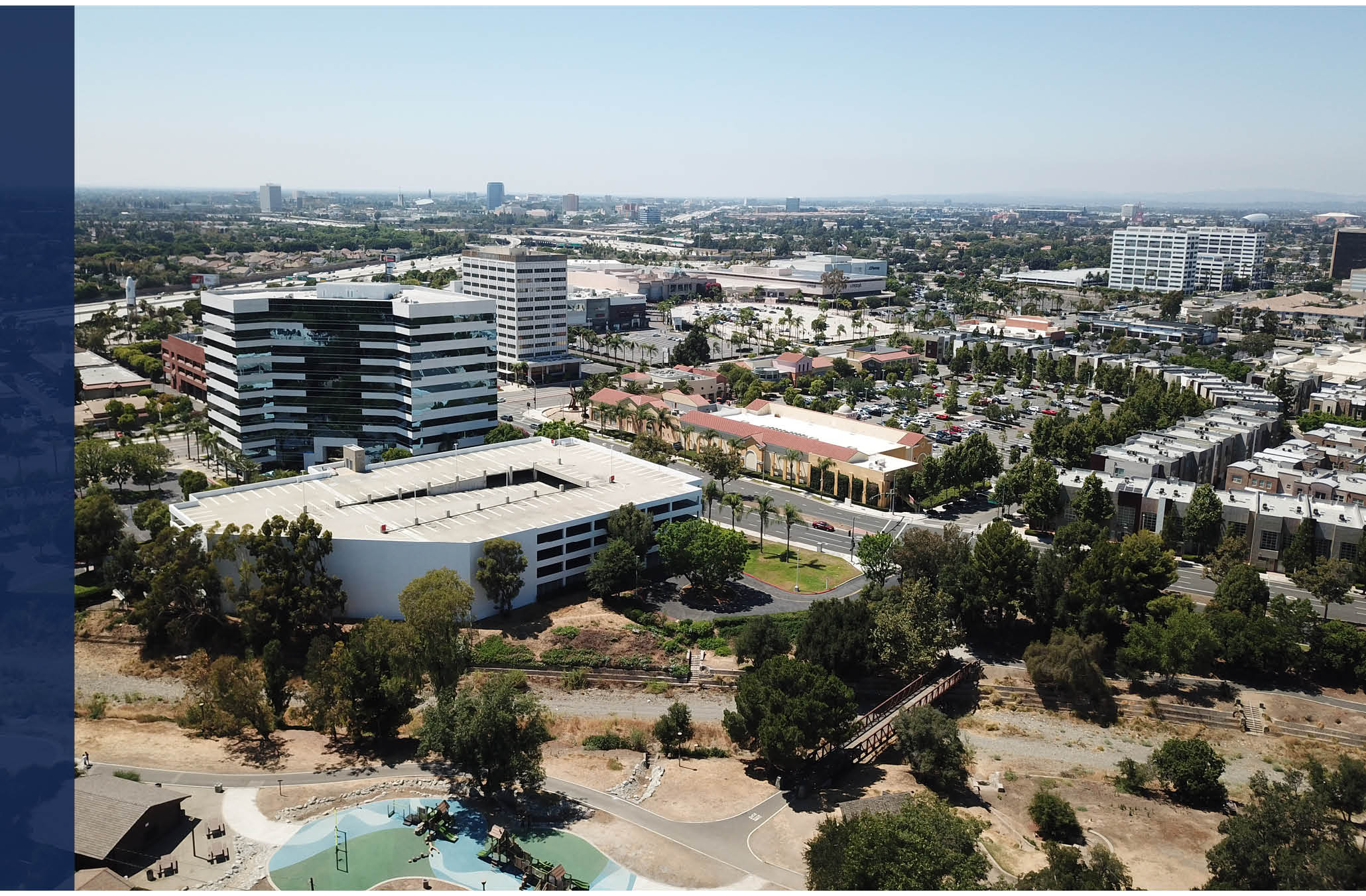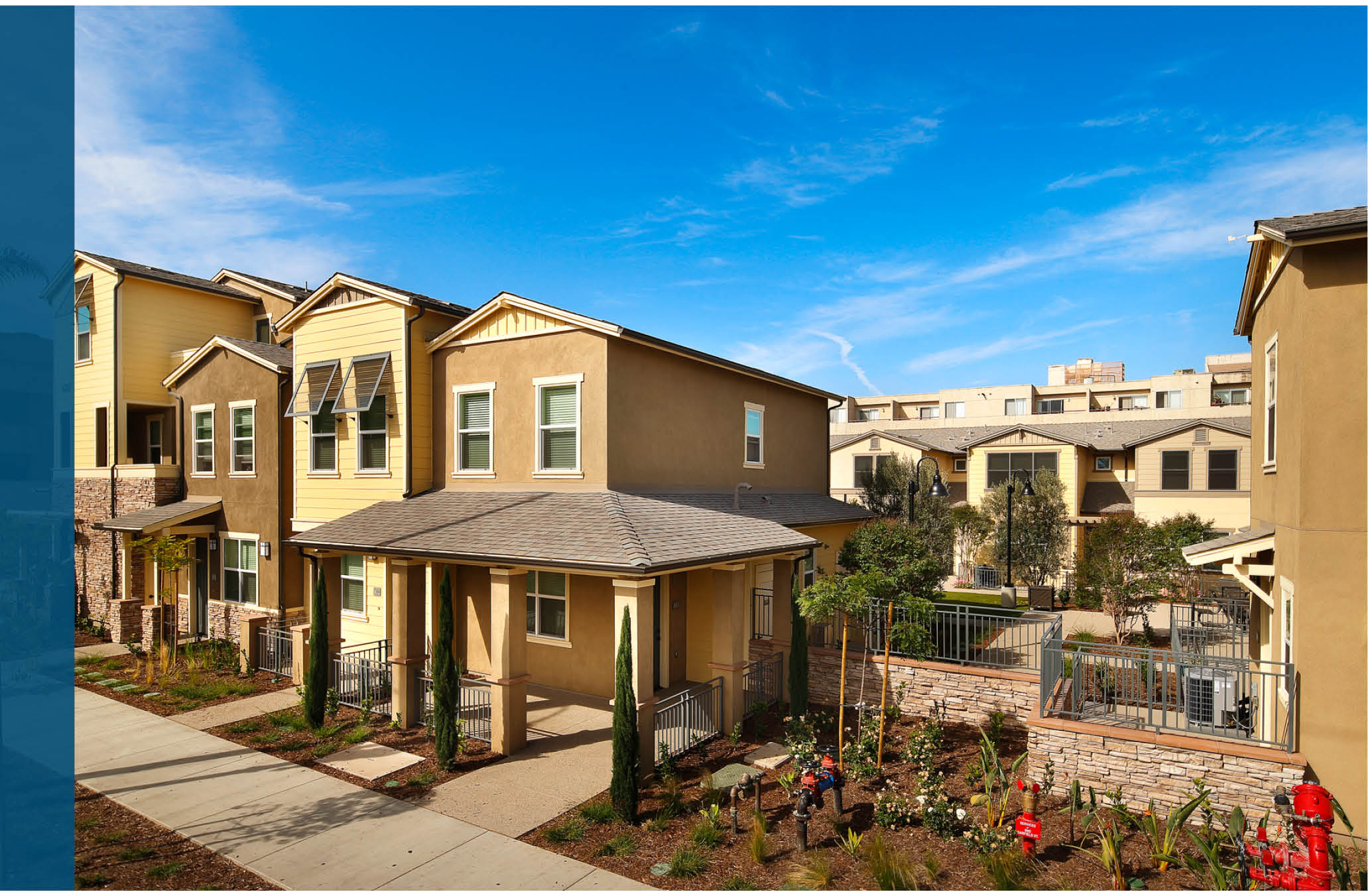Organization
Organization
The General Plan goals and policies are organized across a set of 12 elements divided into three volumes. A description of each element is provided below.
Volume 1: Services and Infrastructure
Community Element
The Community Element reinforces the City’s values of recreation, culture, education, and health and wellness, and cultivates opportunities for improved quality of life for all residents. The goals and policies of this element can be made operational through partnerships with local agencies and organizations on facilities, activities, and events throughout Santa Ana.
Mobility Element
The Mobility Element is the City’s blueprint for moving people, goods, and resources throughout the community. Moving beyond mere functionality, the City seeks to improve the quality of life in Santa Ana by providing more complete streets, offering ways to be more active, and conserving our natural resources. In planning the City’s transportation system for the 21st century, the City is also making our community safer, more affordable, and more livable.
Economic Prosperity Element
The Economic Prosperity Element ensures that Santa Ana’s local economy, and its role in the broader regional economy, expands, maintains, and enhances job opportunities; attracts and retains a balance of business types; provides sufficient revenue for public services; and contributes to the overall quality of life experienced by the City’s residents.
Public Services Element
The Public Services Element reinforces the City’s values of recreation, culture, education, and health and wellness, and cultivates opportunities for improved quality of life for all residents. The goals and policies of this element can be made operational through partnerships with local agencies and organizations on facilities, activities, and events throughout Santa Ana.
Volume 2: Natural Environment
Conservation Element
The Conservation Element identifies the city’s natural resources and communicates the benefits for retention, enhancement, and development of these reserves toward improving quality of life and the environment as a whole. This Element will guide the City in its efforts to prioritize sustainability and enhance the environment for current and future generations.
Open Space Element
The Open Space Element identifies and preserves open space areas that provide value to the community and enrich the quality of life. Such lands or waters provide value in the form of recreation, health, biodiversity, wildlife conservation, and aesthetics. Additionally, open spaces are used for climate change mitigation and adaptation, flood risk reduction, managed natural resources production, agricultural production, and protection from hazardous conditions. This Element will guide the City in its efforts to plan for open space lands in what is largely a built-out, urban environment.
Noise Element
The Noise Element appraises noise levels in the community, prepares noise contours to guide land use decisions, and establishes measures that address current and future noise impacts. This Element works to ensure that the City limits the exposure of the community to excessive noise levels in noise-sensitive areas and at noise-sensitive times of day.
Safety Element
The Safety Element eliminates and minimizes risks associated with natural and human-generated hazards such as floods, earthquakes, and hazardous materials. By assessing and preparing for levels of risk, the city can endure the range of safety hazards and adapt to changes over time. This Element also contains, by reference, the City’s Local Hazard Mitigation Plan, which is provided under separate cover.
Volume 3: Built Environment
Land Use Element
The Land Use Element provide a long-range guide for the physical development of the city, reflecting the community’s vision for a high quality of life. This Element guides the distribution, location, and size of new development, ensuring that residential neighborhoods are protected and that future growth is sustainable and minimizes potential conflicts.
Housing Element
The Housing Element directs the City’s policies, programs, and land use planning to address the needs of both existing and future residents. This includes planning and facilitating, the production of new housing; the improvement and preservation of existing housing; the promotion of affordability for current households; and the affirmative furtherance of fair housing. Unlike other elements, the Housing Element must be reviewed and certified by the state.
Historic Preservation Element
The Historic Preservation Element guides development and implementation to ensure that identification, designation, and protection of architectural, historical, cultural, and archaeological resources are integrated into the City’s planning, development, and permitting processes.
Urban Design Element
The Urban Design Element establishes the long-range vision for the physical design, visual qualities, and sensory experience of the city. This element addresses the public realm and building form, and establishes programs and measures to improve the physical setting in which community life takes place while curtailing obsolete, dysfunctional, and chaotic development.
What's in an Element?
At minimum, each element includes the following components. Some elements include additional information.




